Table of Contents
Introduction to Sashimi: Japan’s Culinary Treasure
Sashimi (刺身) represents the pinnacle of Japanese culinary art – thinly sliced, raw fish or seafood served without rice. Unlike its cousin sushi, which incorporates vinegared rice, sashimi stands alone in its elegant simplicity, allowing the pure, natural flavors of the sea to shine through. In Japan, sashimi is considered one of the most refined culinary traditions.
The word “sashimi” literally translates to “pierced body” in Japanese – “sashi” (刺) meaning “pierced” or “stuck,” and “mi” (身) meaning “body” or “meat.” This name likely derives from the traditional way fishermen would stick the tails and fins of the fish they caught to identify them.
The Rich History of Sashimi in Japanese Culture
The practice of eating raw fish in Japan dates back over a thousand years, with records indicating that raw fish prepared with vinegar appeared during the Heian period (794-1185). However, sashimi as we know it today began to take shape during the Edo period (1603-1867), when advances in fishing techniques and food preservation allowed for fresh fish to be transported inland.
Originally, sashimi was a luxury enjoyed primarily by the nobility and wealthy merchants. The techniques for preparing sashimi were closely guarded secrets passed down through generations of master chefs. Today, sashimi remains a symbol of Japanese cultural heritage and is often served on special occasions or as part of a formal kaiseki ryori (traditional multi-course dinner).
Popular Types of Sashimi You Should Try
The world of sashimi extends far beyond familiar salmon and tuna. Here are some of the most beloved varieties:
Maguro (Tuna)
Tuna sashimi comes in several varieties, each with distinct flavors and textures:
- Akami – Lean, deep red meat from the sides of the tuna
- Chutoro – Medium-fatty tuna from the middle section
- Otoro – The prized, fatty belly meat that literally melts in your mouth
Sake (Salmon)
With its rich, buttery flavor and vibrant orange color, salmon sashimi has become immensely popular worldwide. The fatty texture makes it an excellent entry point for sashimi newcomers.
Hamachi (Yellowtail)
Often called “Japanese amberjack,” hamachi offers a mild flavor with a buttery texture that’s slightly firmer than salmon.
Hotate (Scallop)
Sweet and tender, scallop sashimi has a uniquely smooth texture. It’s often served with a touch of sudachi (Japanese citrus) and salt to enhance its natural sweetness.
The Art of Preparation: Craftsmanship Behind Sashimi
Creating perfect sashimi requires years of training and extraordinary attention to detail. The process begins with selecting fish of exceptional quality and encompasses several critical elements:
Master Knife Skills
Sashimi chefs train for years to perfect their knife techniques. Different fish require different cutting methods:
- Hira-zukuri – The standard rectangular slice used for most sashimi
- Usu-zukuri – Extremely thin slices used for white-fleshed fish
- Kaku-zukuri – Cubes, typically used for tuna
The specialized knives used for sashimi, called yanagiba (柳刃), are single-edged and allow for smooth, single-stroke cuts that preserve the integrity of the fish’s texture.
Artful Presentation
Presentation is a crucial element of the sashimi experience. Traditional arrangements follow specific aesthetic principles:
- Sashimi is typically arranged in odd numbers, which is considered more pleasing to the eye
- The plate often includes garnishes such as shredded daikon radish (tsuma) and shiso leaves
- Seasonal elements are incorporated to reflect the time of year
Sashimi Etiquette: How to Enjoy Like a Japanese Connoisseur
Enjoying sashimi in its traditional context involves certain customs that enhance the experience and show respect for this culinary art form:
The Proper Way to Eat Sashimi
- Use chopsticks rather than fingers to pick up the sashimi
- Dip lightly in soy sauce – fish-side down, not rice-side (if rice is present)
- Consume in one bite when possible to experience the full flavor profile
- Begin with milder flavors and progress to stronger ones
- Cleanse your palate between different varieties with pickled ginger (gari)
Understanding Condiments
Sashimi is typically served with:
- Soy sauce (shoyu) – Preferably light soy sauce that won’t overpower the fish
- Wasabi – Real wasabi is freshly grated from the wasabi root
- Gari (pickled ginger) – Used as a palate cleanser between different types of fish
- Ponzu – A citrus-based sauce sometimes served with specific types of sashimi
Health Benefits and Food Safety
When properly prepared and sourced from reputable establishments, sashimi offers numerous nutritional benefits:
Nutritional Profile
- High-quality protein that’s easily digestible
- Omega-3 fatty acids (especially in fatty fish like salmon)
- Essential vitamins including B12 and D
- Minerals such as selenium and iodine
Food Safety Considerations
The consumption of raw fish does come with important safety considerations:
- Always source sashimi from reputable restaurants or suppliers
- Sashimi-grade fish must be frozen at specific temperatures to kill potential parasites
- In the U.S., the FDA requires fish intended for raw consumption to be properly frozen
- Pregnant women, young children, and those with compromised immune systems should exercise caution
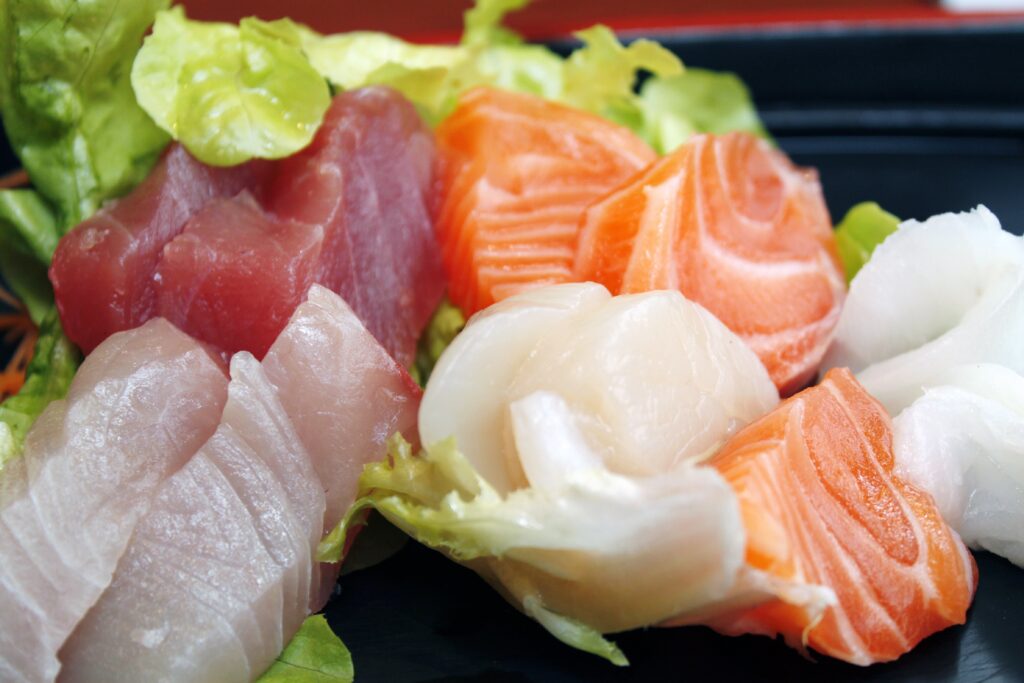
How to Buy Sashimi-Grade Fish
Finding truly sashimi-grade fish outside Japan can be challenging but is increasingly possible:
Where to Shop
- Japanese markets or specialty seafood stores with high turnover
- Online specialty retailers that ship flash-frozen sashimi-grade fish
- Trusted local seafood markets that explicitly sell fish for raw consumption
What to Look For
When purchasing fish for sashimi:
- Look for fish labeled specifically as “sashimi-grade” or “sushi-grade”
- The fish should have a clean ocean smell, not fishy
- The flesh should be firm, moist, and vibrant in color
- Ask when the fish was delivered – fresher is always better
Preparing Sashimi at Home: A Beginner’s Guide
Creating sashimi at home can be a rewarding experience when approached with respect for the tradition:
Essential Equipment
- A very sharp knife – ideally a yanagiba, but a sharp chef’s knife can work for beginners
- A cutting board dedicated to seafood preparation
- Beautiful serving plates with consideration for presentation
Step-by-Step Process
- Source properly frozen sashimi-grade fish from a reputable supplier
- Thaw the fish gradually in the refrigerator (never at room temperature)
- Pat dry thoroughly with paper towels before cutting
- Cut against the grain of the fish in clean, single strokes
- Arrange immediately on a chilled plate
- Serve promptly with appropriate garnishes and condiments
Simple First-Time Options
For your first homemade sashimi experience, consider starting with:
- Salmon – Its fatty texture is forgiving for beginners
- Tuna – Akami (lean part) has a straightforward texture for slicing
- Hamachi (Yellowtail) – Offers a good balance of flavor and texture
Frequently Asked Questions About Sashimi
What’s the difference between sashimi and sushi?
Sashimi is simply sliced raw fish or seafood served without rice. Sushi, on the other hand, always includes vinegared rice (sushi-meshi). Nigiri sushi has a piece of fish on top of rice, while maki sushi is rolled with seaweed around rice and fillings.
Is it safe to eat sashimi?
When prepared correctly from properly sourced fish, sashimi is generally safe to eat. The key is ensuring the fish has been handled according to food safety guidelines, including proper freezing to eliminate potential parasites.
What does “sashimi-grade” really mean?
There is no official regulation of the term “sashimi-grade” in the U.S. Generally, it indicates fish of high quality that the seller deems appropriate for raw consumption. The fish should have been frozen according to FDA guidelines to kill potential parasites.
What fish should never be eaten as sashimi?
Certain freshwater fish should not be consumed raw due to parasite risks. Additionally, very high-mercury fish like swordfish and shark are typically avoided for sashimi.
How long does sashimi stay fresh?
Sashimi should ideally be consumed immediately after preparation. In a refrigerator at proper temperature (below 40°F/4°C), properly stored sashimi may last up to 24 hours, but quality diminishes rapidly after cutting.
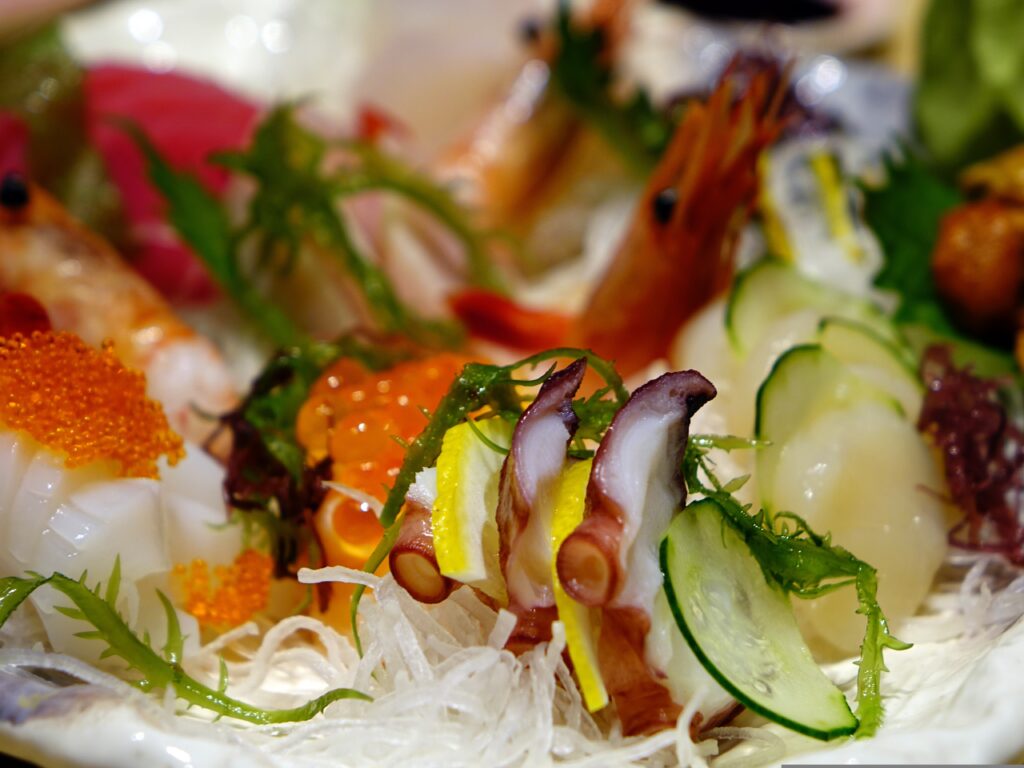
Embracing the Art of Sashimi
Sashimi is more than just food; it’s a gateway to understanding Japanese culinary philosophy. With its emphasis on pristine ingredients, minimalist preparation, and thoughtful presentation, sashimi embodies the Japanese aesthetic principles of simplicity, seasonality, and mindfulness.
Whether you’re savoring sashimi at a high-end Japanese restaurant or attempting your first homemade preparation, take a moment to appreciate the centuries of tradition behind this culinary art form. From the fisherman who caught your meal to the chef who skillfully prepared it, sashimi represents a dedication to craft that transcends mere sustenance.
By approaching sashimi with openness and curiosity, you’ll discover not just a delicious meal, but a deeper connection to Japan’s rich culinary heritage.
By Treasure-Bloom Editorial Team
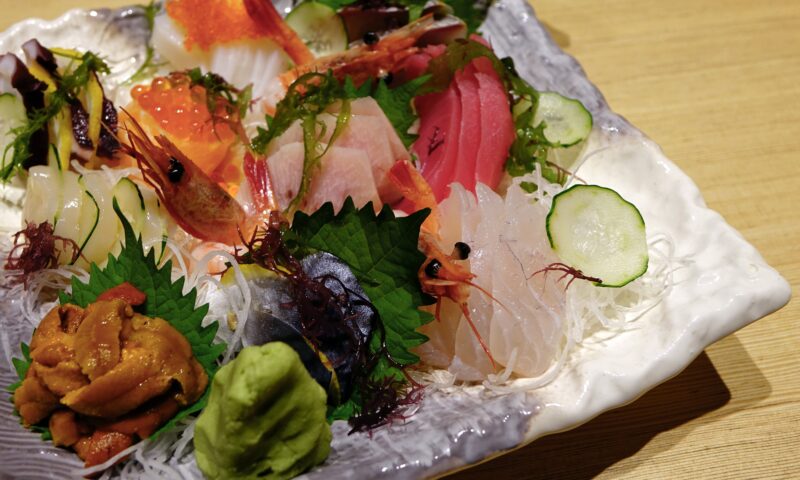



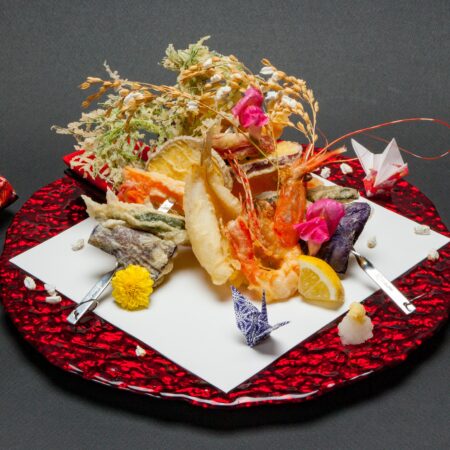




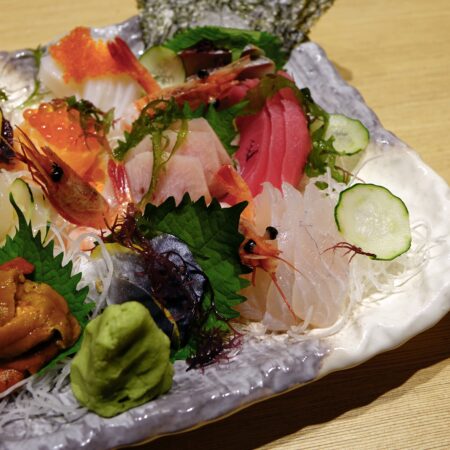
コメント